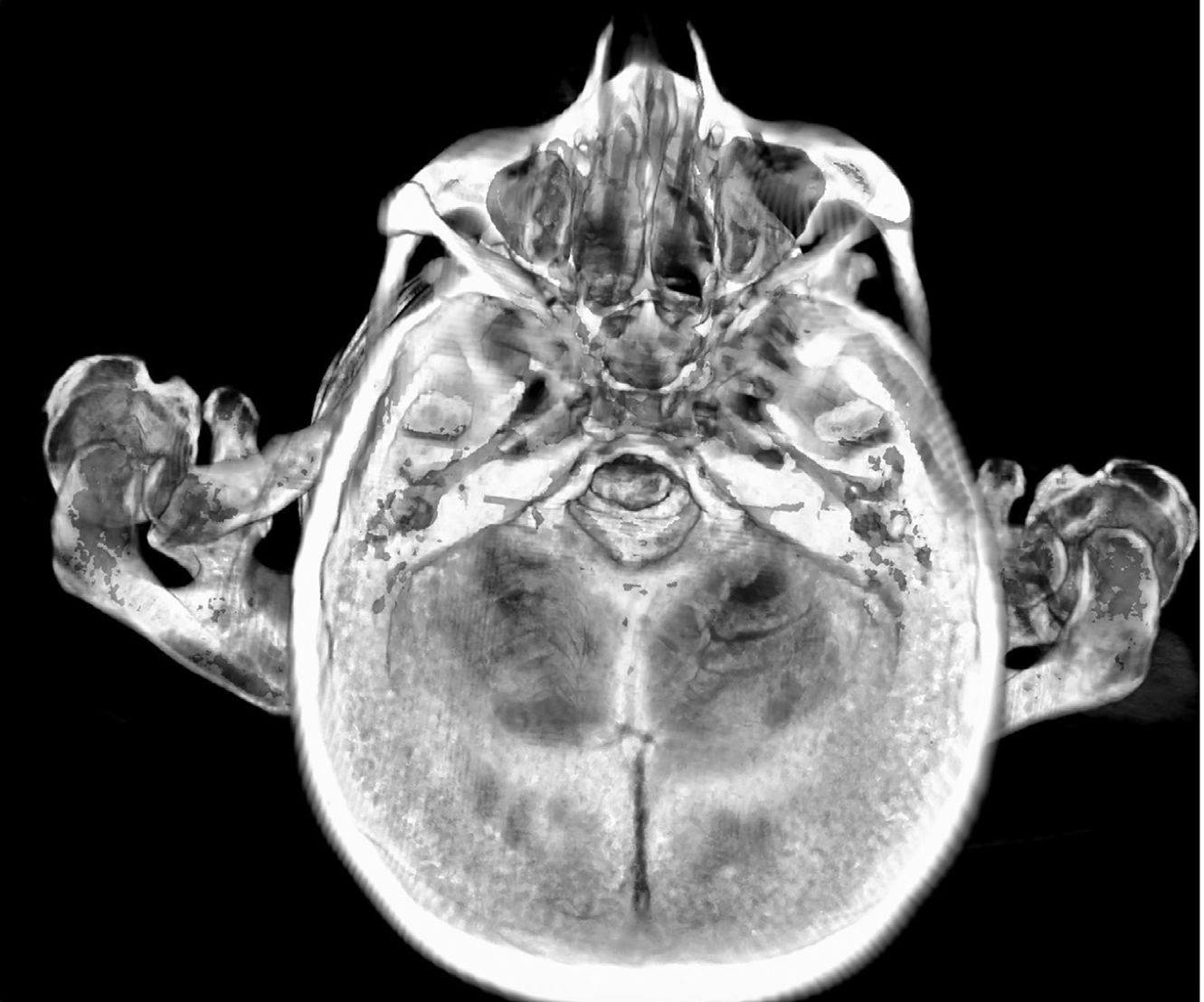Medical School Students Receive Augmented Training via Augmented Reality Headsets
Augmented reality headsets produce both better post-test scores and understanding in head and neck anatomy training.
First-year medical students are getting a boost in head and neck anatomy with the help of augmented reality (AR) and 3D CT holograms.
In an article published recently in Academic Radiology, faculty from the University of Pennsylvania shared their experience in using these tools in a head and neck anatomy teaching session with two 15-student groups. One group viewed the hologram using advanced visualization software on a 2D laptop screen, but the second group was given an AR headset and the same software.
The second group performed better on a five-question anatomy test after the session than they did prior, said the team led by Arun Nachiappan, M.D., associate professor of clinical radiology.
While viewing the holograms produced better results in both groups, those who were able to immerse themselves in AR performed at a higher level.
Example view of the cadaver CT head and neck used in the teaching sessions showing the sinuses. This view was seen in 3D by students in the augmented reality (AR) group using an AR-capable headset and Sur- gical AR (Medivis, Inc., Brooklyn, New York) software. Courtesy: Academic Radiology

“Immersive 3D visualization has the potential to improve short-term anatomic recall in the head and neck compared to traditional 2D screen-based review, as well as engage millennial learners to learn better in anatomy laboratory,” they said. “Our findings may reflect additional benefit gained from the stereoscopic depth cues present in augmented reality-based visualization.”
Nachiappan’s team created a 3D CT hologram using a non-contrast-enhanced CT scan from a cadaver to test whether the stereoscopic depth cues benefits could surpass the performance produced by 2D displays. According to their analysis post-teaching session, both groups saw a statistically significant improvement in performance (p<0.05). But, the group using the AR headset did score higher on the post-test (p=0.022).
Specifically, the group using the 2D screen answered 57 percent of questions correct in the pre-test and 80 percent in the post-test. For the AR group, their scores rose from 59 percent to 95 percent. According to the team’s analysis, both groups reported having a better understanding of the anatomy material after the teaching session, but the students given AR produced more substantive responses.
“In written feedback, the AR group provided lengthier and more varies responses,” the team said, “and [they] used more emphatic language.”
AR also offers other advantages over the more traditional 3D physician models, the team said. Not only are they more affordable, but they are also easier to store and can be used for radiologic-anatomic instruction. In addition, the AR teaching experience is more immersive experience in which students can view radiologic overlays and direct radiologic-anatomic correlations.
Pivoting to using more AR in medical schools would require some financial investment, the team acknowledged. However, some cost could be recouped by using near-peers – residents or more senior medical students – for some instruction.
“Near-peer instructors are favored by many millennial learners and could additionally facilitate an increased instructor-to-student ratio,” they said.
Overall, the team said, these findings demonstrate the value of and need for more research in this area.
“This study demonstrates that there is value in further development of AR technology for radiologic-anatomic education,” they said, “and in continued investigation and comparative analysis of AR-based learning modules.”
What is the Best Use of AI in CT Lung Cancer Screening?
April 18th 2025In comparison to radiologist assessment, the use of AI to pre-screen patients with low-dose CT lung cancer screening provided a 12 percent reduction in mean interpretation time with a slight increase in specificity and a slight decrease in the recall rate, according to new research.
Can CT-Based AI Radiomics Enhance Prediction of Recurrence-Free Survival for Non-Metastatic ccRCC?
April 14th 2025In comparison to a model based on clinicopathological risk factors, a CT radiomics-based machine learning model offered greater than a 10 percent higher AUC for predicting five-year recurrence-free survival in patients with non-metastatic clear cell renal cell carcinoma (ccRCC).
Could Lymph Node Distribution Patterns on CT Improve Staging for Colon Cancer?
April 11th 2025For patients with microsatellite instability-high colon cancer, distribution-based clinical lymph node staging (dCN) with computed tomography (CT) offered nearly double the accuracy rate of clinical lymph node staging in a recent study.